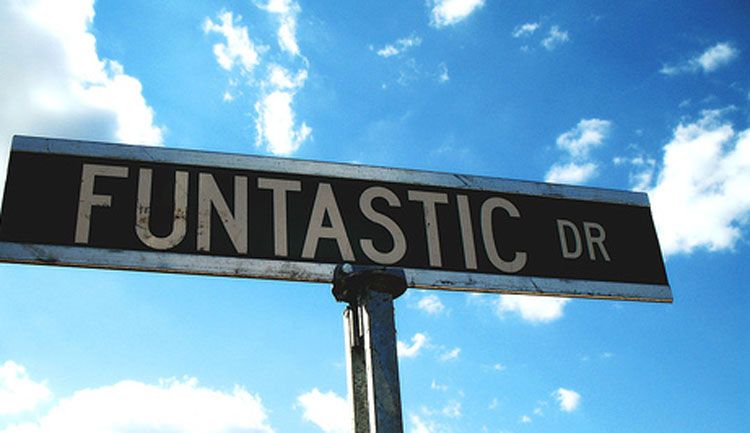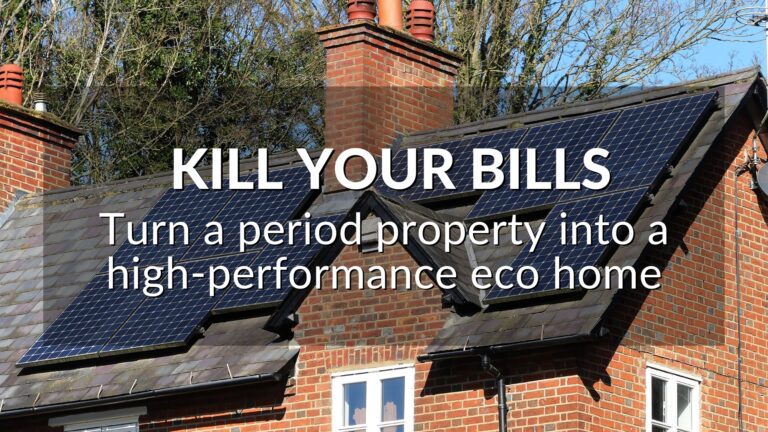Can Having a “Sexy” Address Add Value to Your Home?

A new report from estate agent Wetherell has found that having a “sexy” address can actually add up to 40% to the value of a property, whereas a home with an unappealing name could end up being worth 20% less.
The research was carried out in conjunction with Dataloft, and it showed that the most desirable, and therefore valuable, address names in London included the words “crescent”, “square” and “mews”. The most unappealing names to have in an address were found to be “road”, “grove” and “court”.
The survey analysed the link between the address of a property and it’s subsequent desirability and value. It found that London was the main area of the country that sold more properties due to properties having desirable addresses.
The research was undertaken over a 12 month period and found that there were 2,400 sales across central London, with an average sales price per square foot of £1,503.
Addresses with the word “crescent” in were found to command a 40% higher asking price per square foot – £2,103. A typical London home with the word “crescent” in the address sells for around £5 million per 2000 square foot in central London. The most expensive “crescent” house on record was sold for £32 million and was called “Wilton Crescent”.
Next in the rankings were addresses containing the world “square”. These managed to command an asking price of 20% above the average – £1,807 per square foot. A typical London home with the word “square” in the address sells for approximately £3.8 million. The most expensive “square” house is Grosvenor Square in Mayfair, which costs £3,707 per square foot.
The last place names making the top 3 are those with the word “mews” in them. The majority of “mews” homes were once stables and coach houses, so they now offer spacious low-rise homes on secluded, private streets. They command an asking price of 14% above the average – £1,715 per square foot. The typical “mews” home in London would cost around £3 million and the most expensive is called “Pont Street Mews”.
Pether Wetherell, MD at Wetherell, said:
“Our address names survey and the hierarchy it has produced has generated a wealth of fascinating findings which have implications for property marketing, local authority address naming strategies and the growing value gap between property in PCL and the rest of England and Wales.”
Property developers often choose to call their developments smarter sounding names such as “grove” and “court”, but this research shows that this won’t necessarily help them boost the value of the properties. They need to stick with the names that are proving to be desirable and increasing the prices of homes across central London.
This survey has really highlighted how “sexy” address names can promote a location and also how there is an on-going quality divide when it comes to London and the rest of the country.
Outside of London the opposite is true when it comes to addresses – around the rest of the country, sales are dominated by place names with the word “road” in them. This is just another indication of how far the gap between the London property market and the housing situation around the rest of the country is widening.




